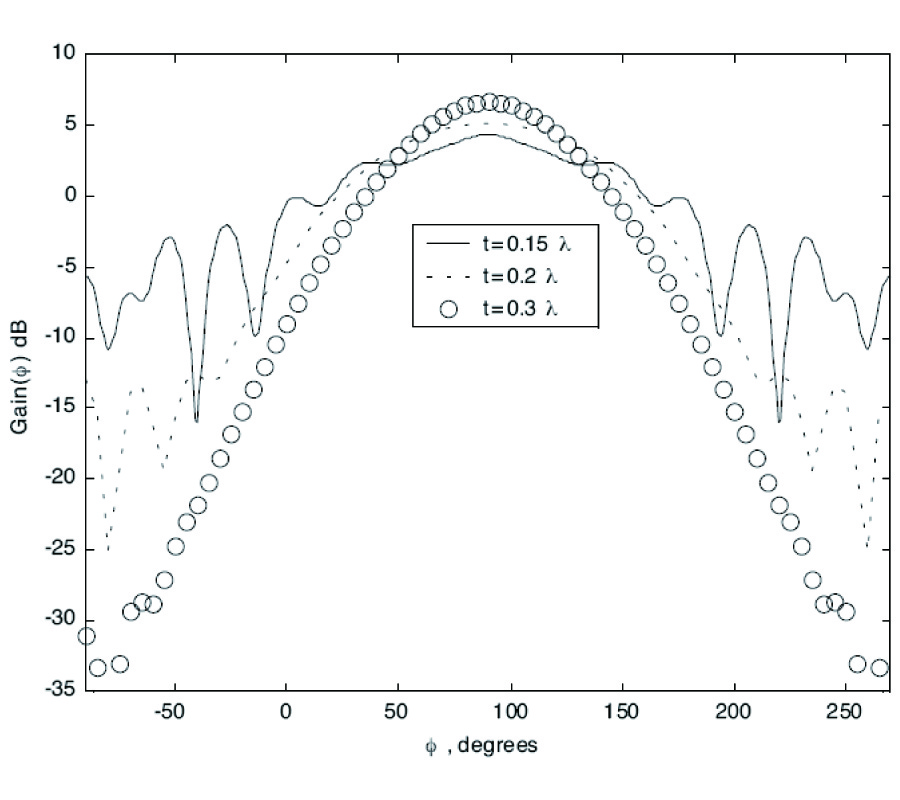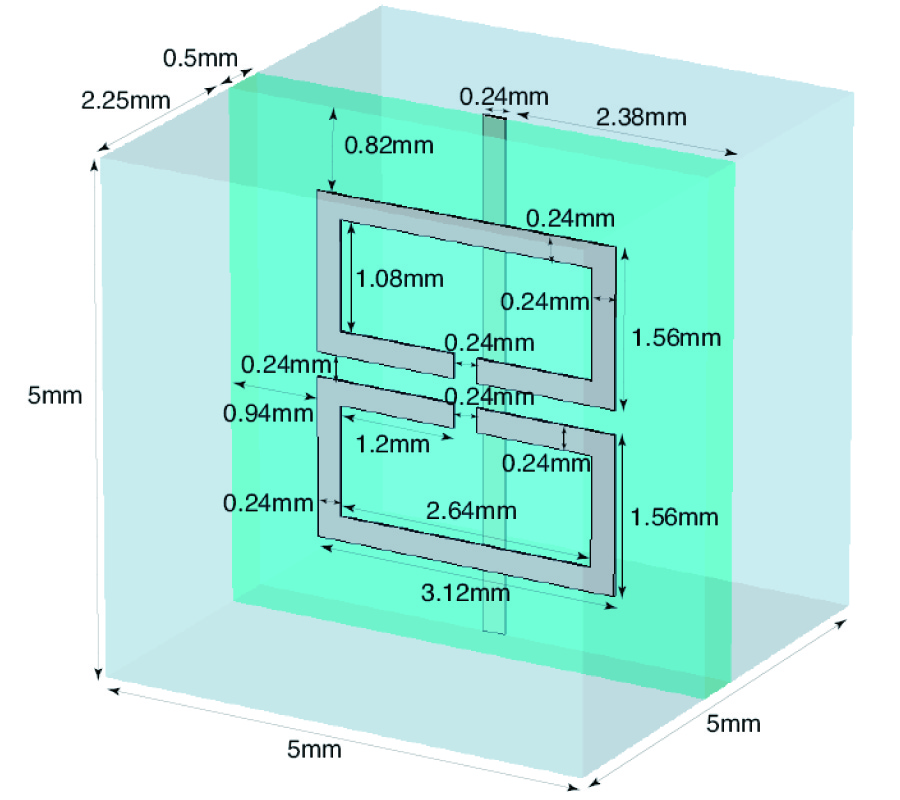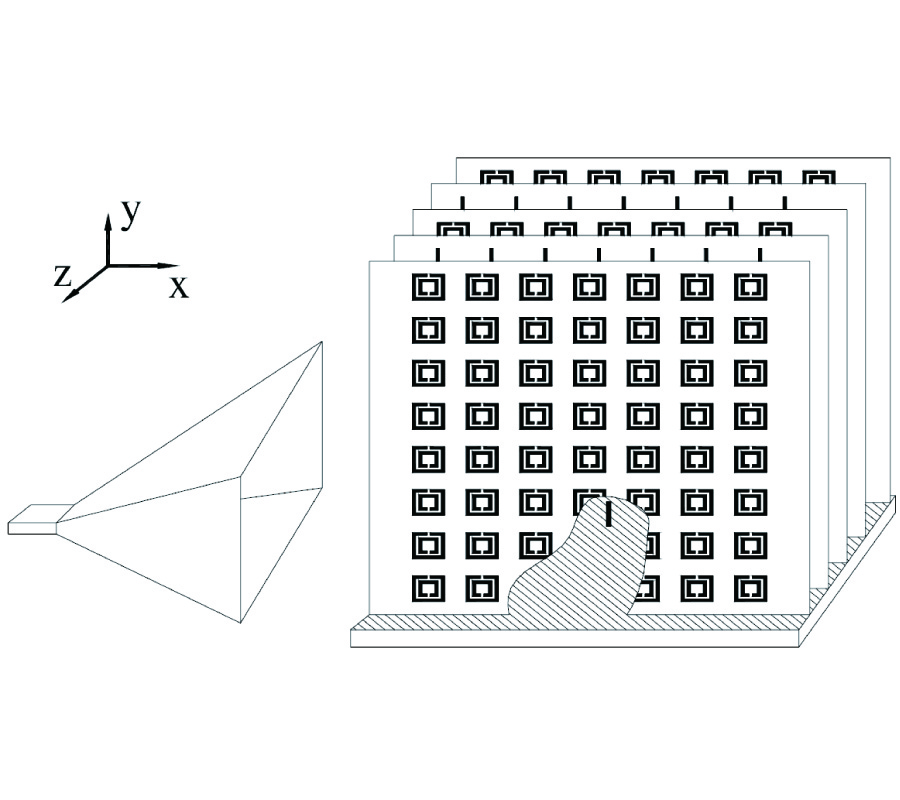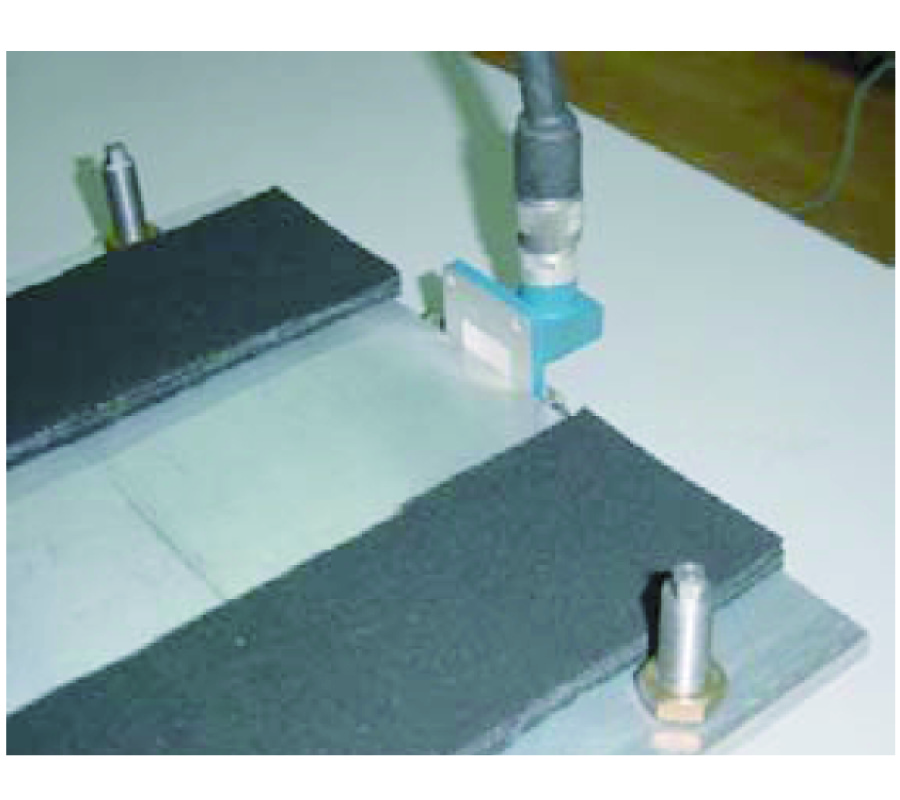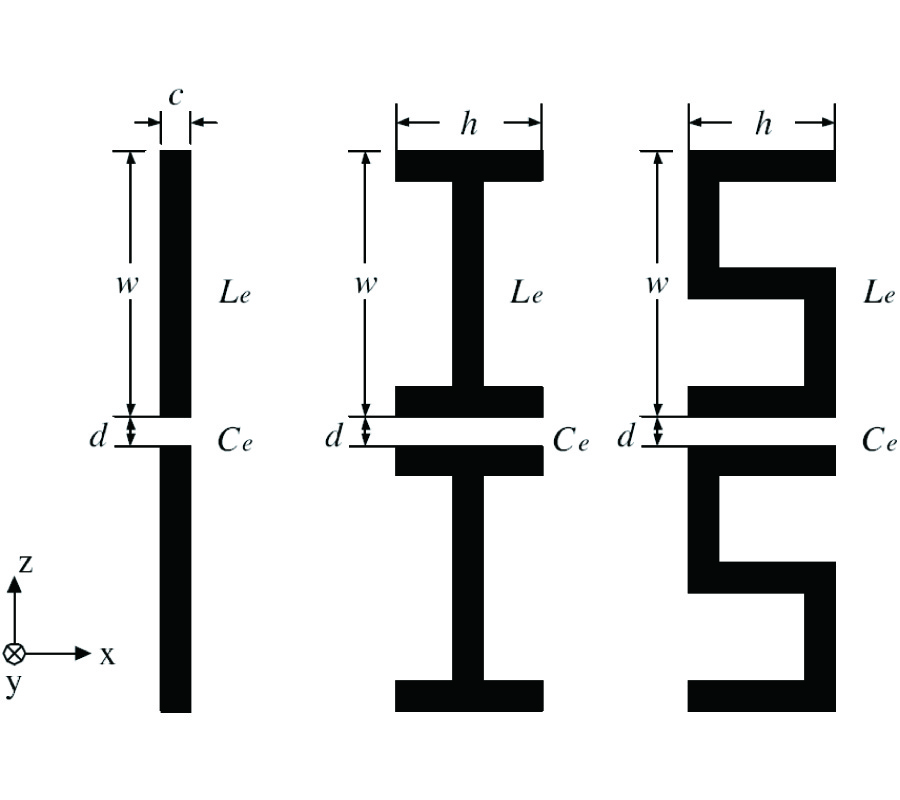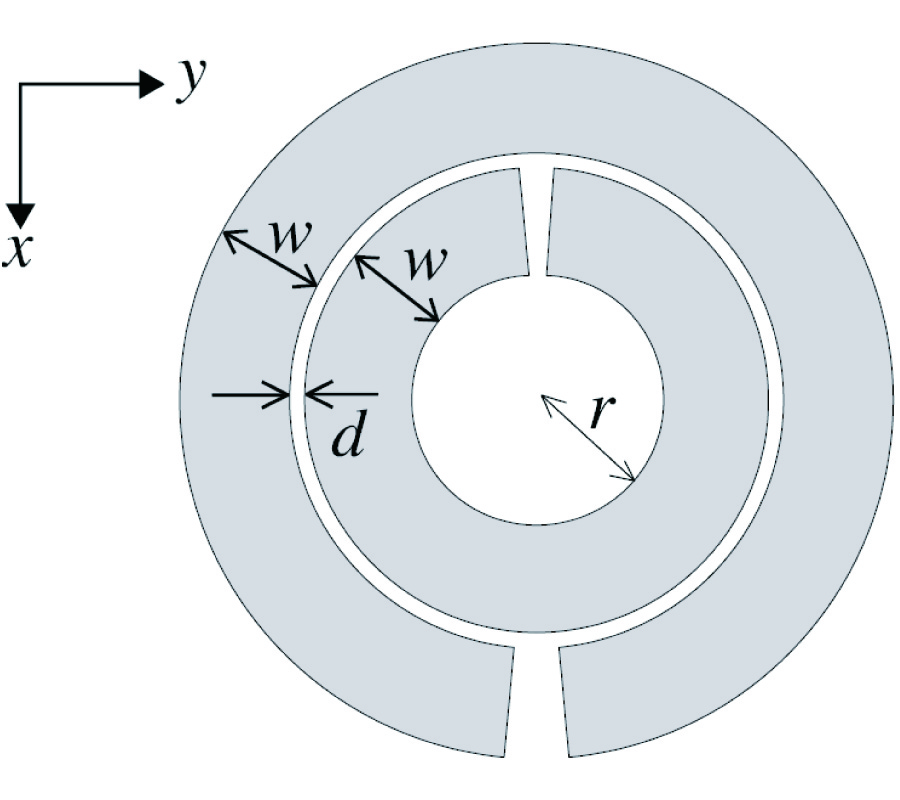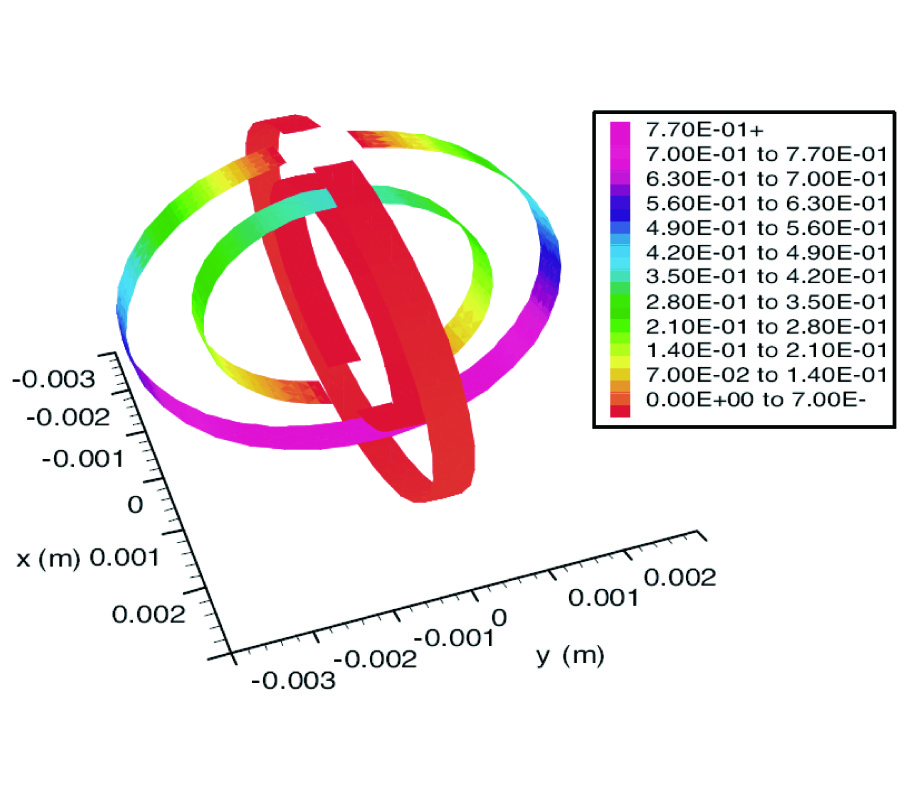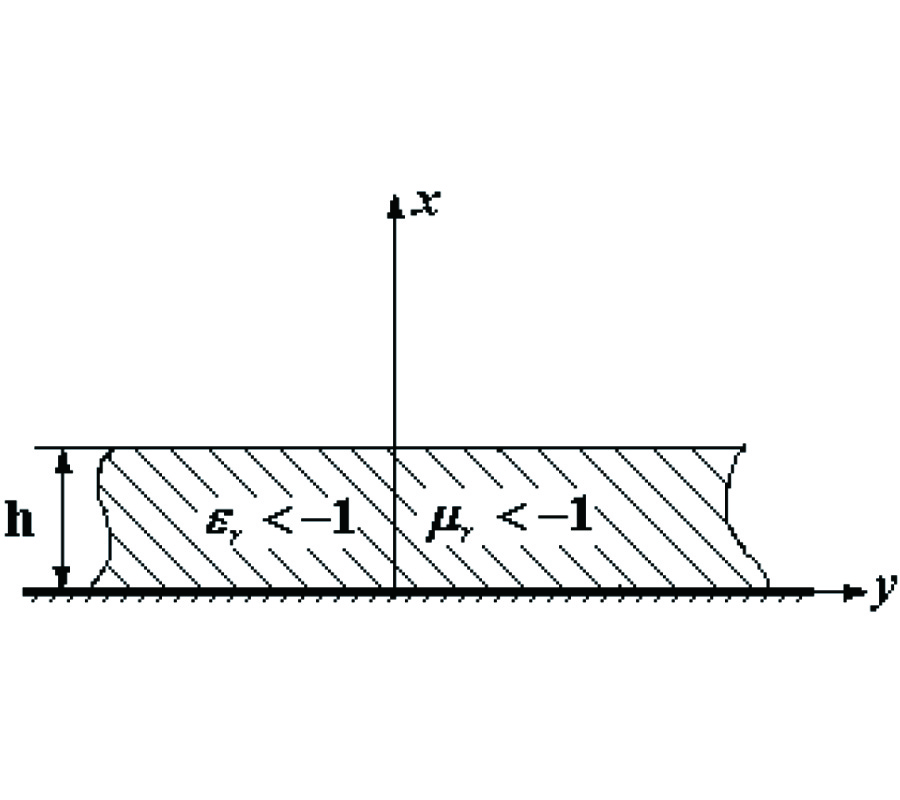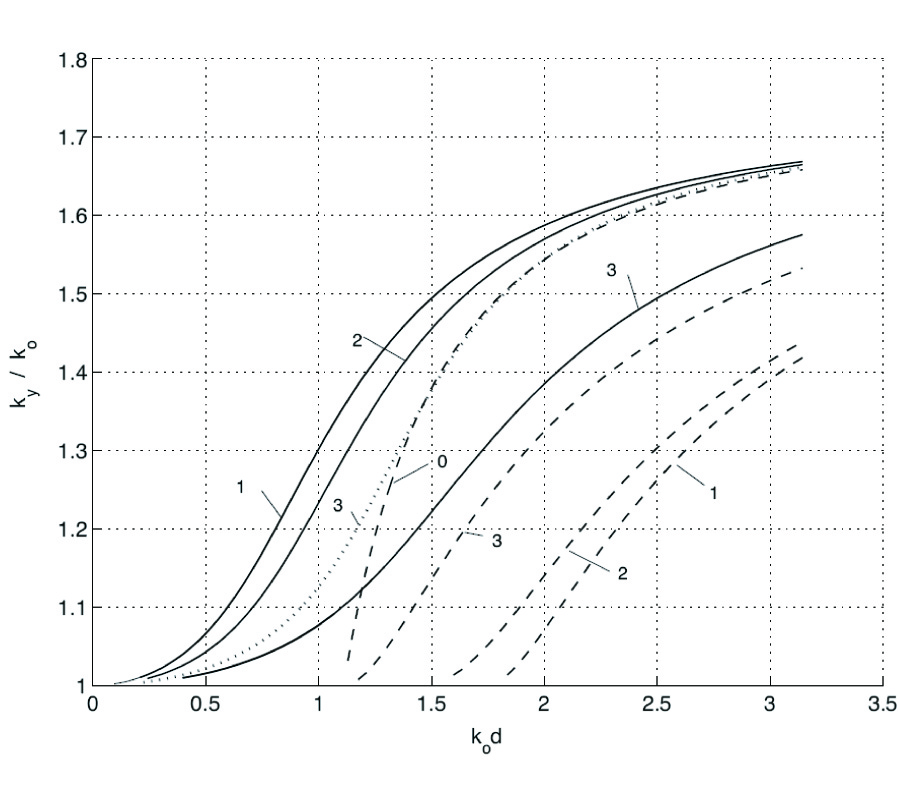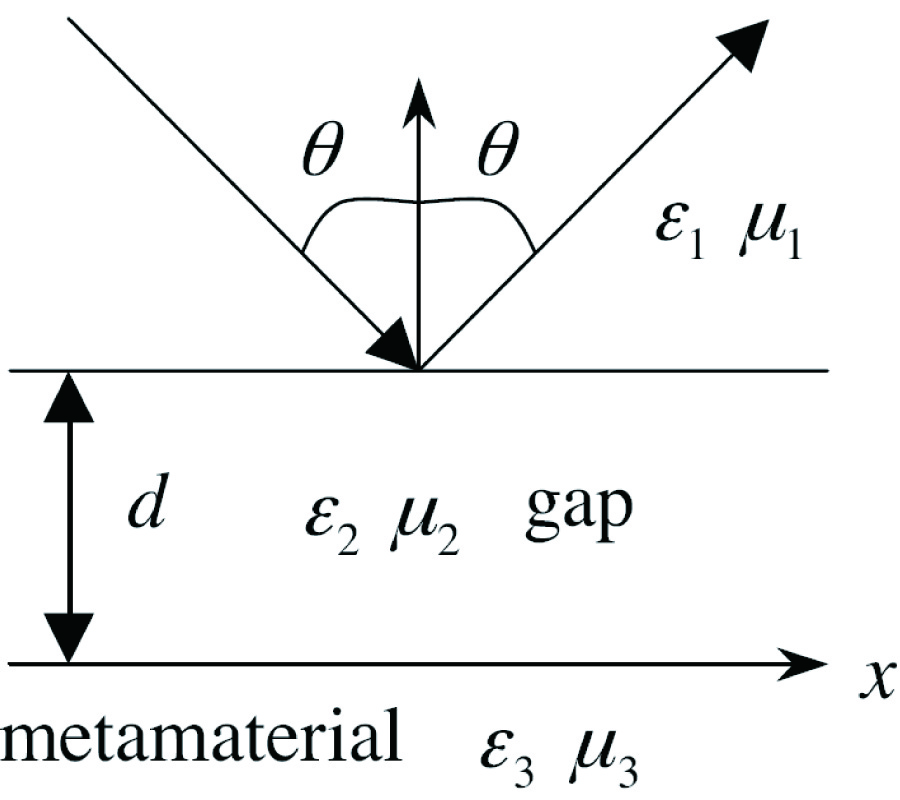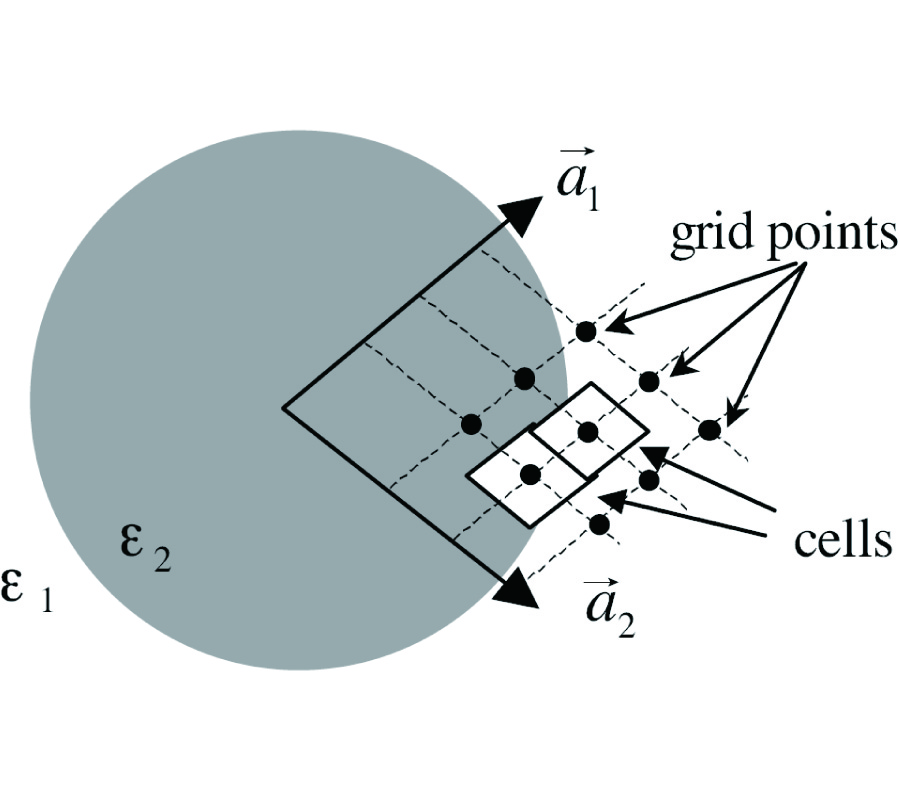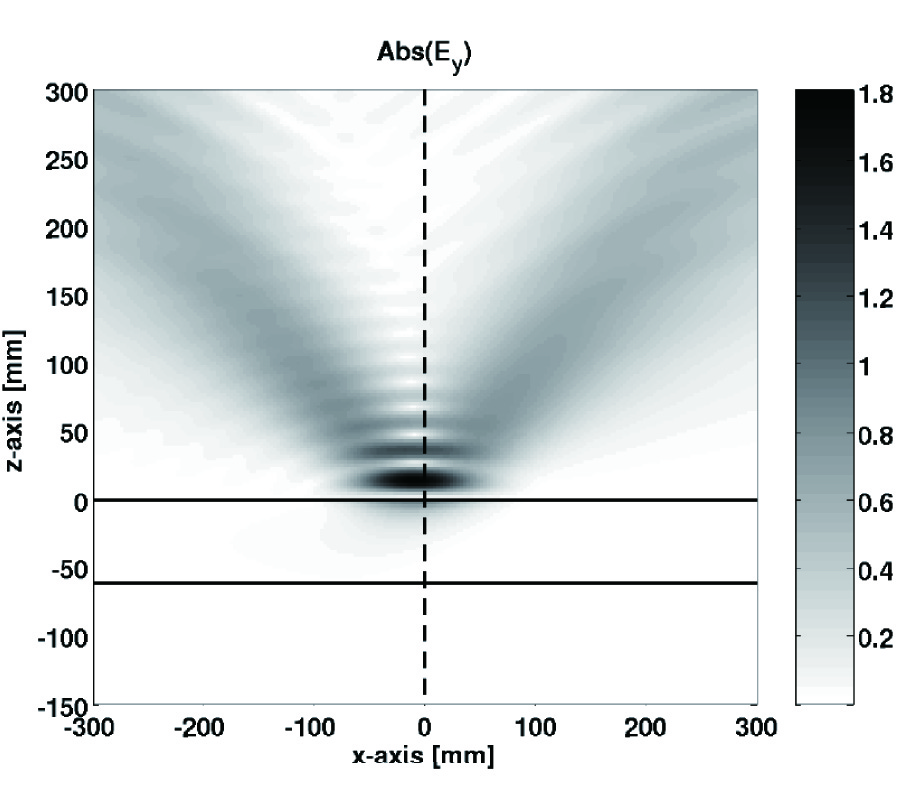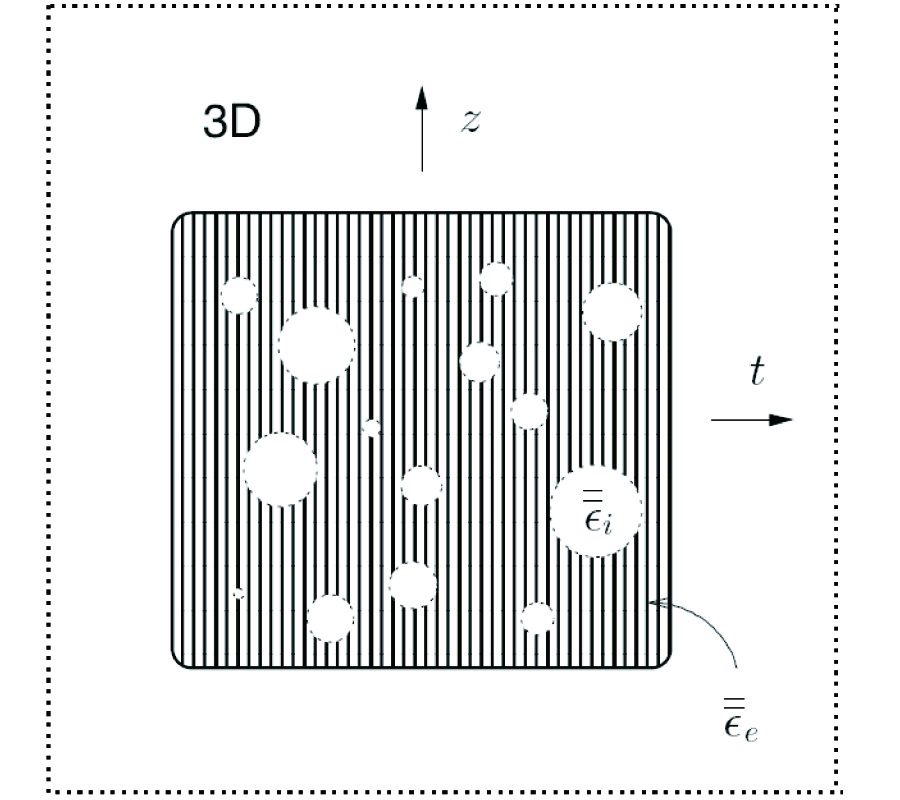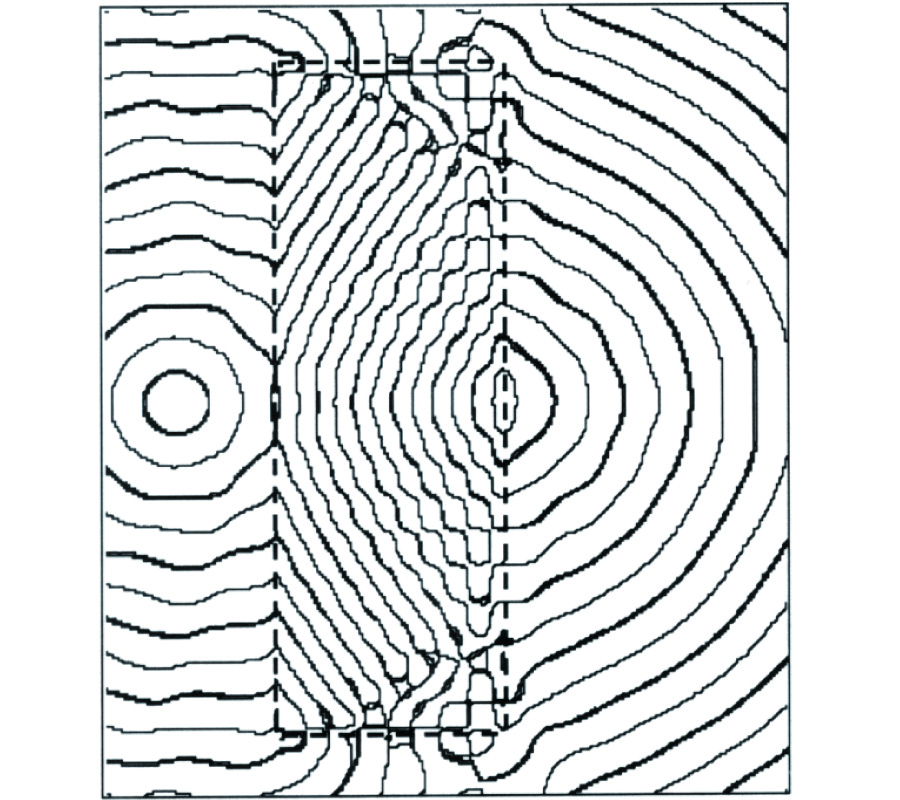Magnetic Properties of S-Shaped Split-Ring Resonators
Hongsheng Chen,
Li-Xin Ran,
Jiangtao Huangfu,
Xian-Min Zhang,
Kang Chen,
Tomasz M. Grzegorczyk and
Jin Au Kong
We present a theoretical analysis of the radiation of an S-shaped split ring resonator (S-SRR) for the realization of a metamaterial exhibiting left-handed properties. It is shown that the structure is resonant due to its internal capacitances and inductances, which can be adjusted such that the electric plasma frequency and magnetic plasma frequency, both due to the S-SRR only, appear within the same frequency band. Using the same idea, we also present some extended S-shaped split-ring resonator structures with improved performance.
